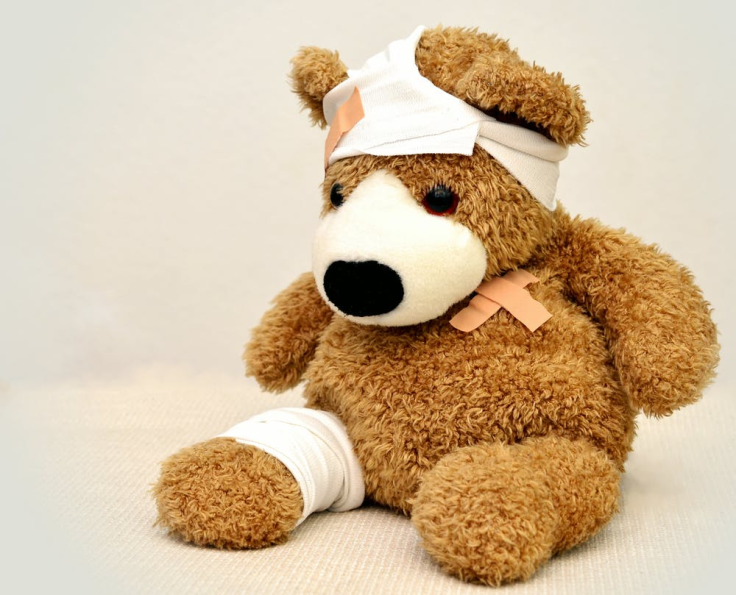
If there is one thing that we learn as we become parents, it's that children do not come with instruction manuals. There are many things that parents need to know about their kids. Sometimes, the lessons come instantly, such as understanding the cues of physical distress. You need to prepare for any potential emergencies, and one of them is learning how to provide cardiopulmonary resuscitation (CPR).
What Is CPR?
CPR is a lifesaving activity done in emergencies when someone's heart stops beating or is not breathing. It uses chest compressions and mouth-to-mouth resuscitation to facilitate blood circulation and breathing. Nowadays, some organizations can provide CPR classes to medical providers and laypersons alike.
The Need for CPR In Young Children
In most cases, the reason for a child needing CPR would be different from that of an adult. In adults, the reason may be attributed to cardiac arrest due to a heart attack. In children, however, it can be most likely due to a respiratory event. Some of the most common reasons include:
Electrical shock
Head trauma
Near drowning
Obstructive apnea
Poisoning
Severe asthma
Smoke inhalation
Sudden infant death syndrome (SIDS)
Suffocation
If any of these happens to your child, administering CPR can help restore the blood flow to the heart, brain, and other vital organs of their body. Permanent brain damage can result within four minutes if oxygen-rich blood cannot circulate to the primary organs. In some cases, death can occur within the next six minutes. Providing CPR means giving temporary immediate care until advanced life support can be administered.
CPR In Children
Child CPR classes like those taught by Lifesaver Education will teach parents how to prevent, recognize, and react to breathing and cardiac emergencies. They will be taught how to properly perform CPR and use an automated external defibrillator (AED). In the classes, parents will learn how child CPR differs from adults, particularly when it comes to chest compressions.
Why Parents Should Learn CPR
Success Rate
The survival rate of those who receive CPR is much higher when performed as quickly as possible.
Recognition
Learning CPR means recognizing when it would be the best time to administer immediate care. While performing CPR helps, it must be done only when the child is not breathing normally or unconscious.
Safety
When parents are unaware of proper CPR methods, giving it without proper knowledge may cause more harm than good. First, they must know the three basic parts of CPR-the A-B-C: Airway, Breathing, and Circulation. In children, it must be done in five cycles in a span of two minutes.
Parents must ensure that their child's airway is open and that no object is blocking it. If the child is not breathing, rescue breaths should be provided before establishing circulation via rigorous chest compressions.
Calling for Help
In children, it is also critical for someone to dial 911 immediately. If there is no one available to call emergency services, parents should provide immediate care, call for help, and resume CPR until medical emergency care comes. If you have a medical emergency in a crowded place, be specific on who you ask to call for help while you provide CPR.
Nowadays, it has become easy for all individuals to get access to emergency care courses. Parents should attend these classes, as they are crucial in ensuring the health and safety of their children. Not only will this help save their children, but it can also be useful for helping other members of the family and society as well.